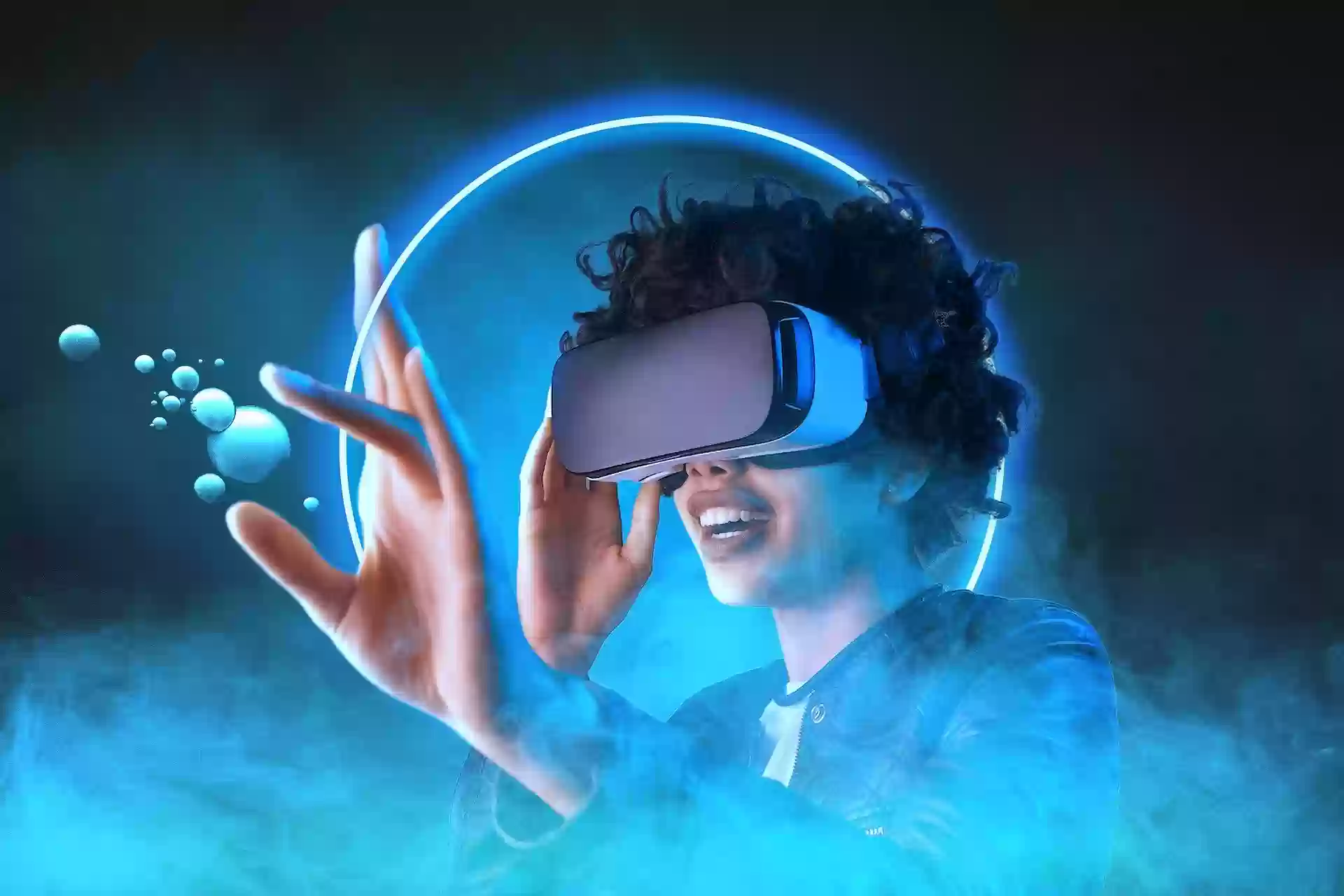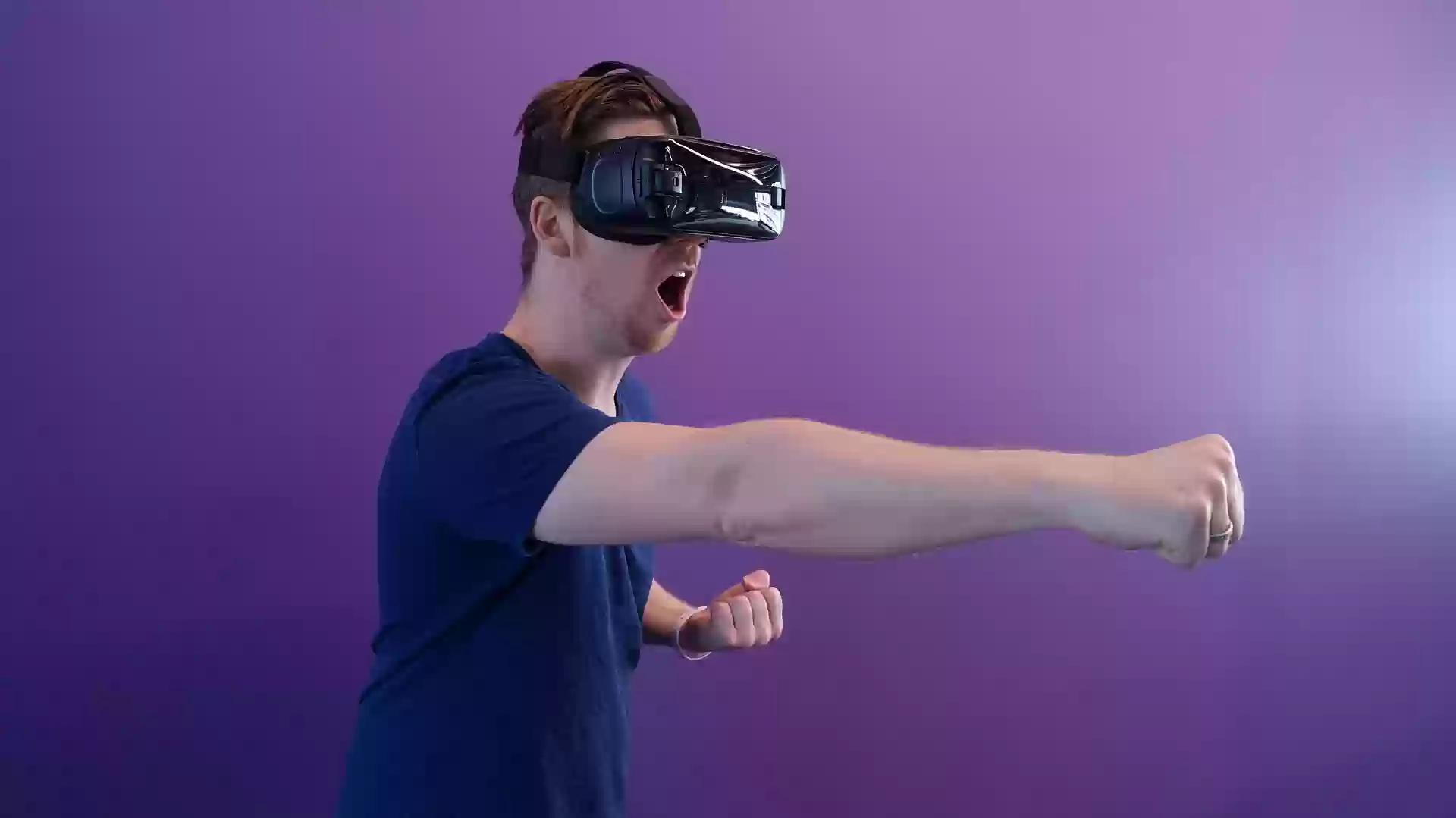Web3: What is the future of internet? Report

The digital landscape is undergoing a seismic shift. From NFTs and cryptocurrencies to decentralized autonomous organizations (DAOs) and blockchain-based infrastructure, web3 innovations are changing how we interact online.
Imagine the internet as a city that has evolved over decades. Web 1.0 was like a museum where you could only look at exhibits behind glass—static websites created by institutions and businesses for one-way information sharing. Web 2.0 transformed this museum into a bustling marketplace where everyone could set up their stall (social media profiles, blogs) but still had to rent space from a few powerful landlords (Big Tech companies).
Now, web3 is rebuilding this digital city with no central authority—a place where citizens collectively own the infrastructure, make decisions together, and can truly own their digital assets.
As Wikipedia defines it: "Web 3.0 is an idea for a new iteration of the World Wide Web which incorporates concepts such as decentralization, blockchain technologies, and token-based economics." This concept, coined by Ethereum co-founder Gavin Wood in 2014, gained significant traction in 2021 among cryptocurrency enthusiasts, technology companies, and venture capital firms.
Beyond Cryptocurrency: Web3's Cross-Industry Impact
While many only connect blockchain technologies to the volatile cryptocurrency markets, experts predict web3 will fundamentally transform conventional processes across virtually every sector—from finance and retail to healthcare, government, and energy.
These aren't just speculative claims. MarketsandMarkets forecasts that the global Web 3.0 market will reach USD 5.5 billion by 2030, at a CAGR of 44.9% during the forecast period. Meanwhile, Gartner forecasts widespread application of tokenization and increased integration of web3 principles into business operations.

Key Differences: How Web3 Stands Apart
Web 3.0 or web3 is the third stage in the evolution of the internet. It works through decentralized networks to deliver faster, better and more secure user experiences. The technologies underlying the development of web3 include artificial intelligence, semantic web, machine learning and cryptography.
- Ownership Structure: While Web 1.0 and 2.0 centralized control with large corporations, web3 distributes ownership among users—like pivoting from renting an apartment to collectively owning the building.
- Data Control: In web3, users own their data rather than surrendering it to platforms—similar to holding on to the keys to your safe deposit box instead of trusting someone else to keep them.
- Value Exchange: Blockchain enables secure, transparent value transfers without intermediaries. Imagine a digital handshake that automatically creates a permanent, tamper-proof record visible to everyone.
- Governance: Decision-making shifts from corporate boardrooms to community consensus—akin to moving from an appointed city council to direct democracy.

Top Web3 Use Cases Transforming Industries
Decentralized Autonomous Organizations (DAOs)
DAOs function like digital cooperatives where members collectively own and manage the organization. Decisions require community consensus, and no single entity can unilaterally change the rules—like a chess club where rule changes require a majority vote from all members, not just the founder.
These organizations automate corporate governance through smart contracts, encoding organizational policies directly into tamper-proof digital agreements. What stands out is that these smart contracts are self-executing contracts with the terms of the agreement directly written into code.
These smart contracts act as vending machines for organizational decisions—inserting the right conditions automatically executes predetermined actions. Moreover, smart contracts are stored on a blockchain, making them transparent and tamper-proof.
Decentralized Finance (DeFi)
- Payment blockchains: Enabling peer-to-peer digital transactions that promote financial inclusion—like having a global ATM that works for everyone, regardless of location or socioeconomic status.
- Decentralized exchanges (DEXs): Platforms where users trade cryptocurrencies directly without central authorities—comparable to a farmers' market where producers and consumers meet directly without supermarket middlemen.
- Crypto lending and borrowing: Systems allowing crypto owners to receive loans against their digital assets as collateral—similar to getting a loan against your house, but with digital assets and without bank approval processes.
DeFi's significance lies in its ability to facilitate low-cost, nearly instantaneous, borderless transactions while enhancing transparency and reducing fraud. Advanced cryptography techniques like zero-knowledge proofs add privacy layers that minimize data leakages common in Web 1.0 and 2.0 environments.

Blockchain Games
CryptoKitties exemplifies this approach, enabling players to breed, buy, and sell unique virtual cats stored on the Ethereum blockchain. Some of these digital felines have sold for tens of thousands of dollars—similar to how rare baseball cards or stamps gain value in collector markets.
While the blockchain gaming market remains nascent, it offers promising possibilities for player ownership and asset interoperability. Games like Axie Infinity have pioneered "play-to-earn" models, allowing players to generate real economic value through gameplay—transforming leisure time into potentially productive activity.
Metaverse
The metaverse represents an immersive, interconnected virtual world where users interact through digital avatars. Think of it as the internet evolving from a collection of separate websites into a continuous 3D space—like moving from looking at photographs of different places to walking through them seamlessly.
Prominent metaverse platforms include:
- Decentraland: A virtual reality platform built on Ethereum where users create, experience, and monetize content within purchasable digital "lands"—similar to buying real estate in a digital Manhattan.
- The Sandbox: A decentralized gaming environment where players create and monetize their own experiences using NFTs for assets like characters and items—akin to owning both the Monopoly pieces and the ability to redesign the board itself.
With platforms like Second Life maintaining over 40,000 concurrent users and exceeding 10 million in web traffic, the metaverse demonstrates sustainable interest in virtual world experiences.
Supply Chain Management
Blockchain technology enhances supply chain transparency and traceability—like having a package that maintains a tamper-proof diary of everywhere it's been and everyone who's handled it.
Companies leveraging web3 for supply chain include:
- Everledger: Creates digital provenance records for luxury goods like diamonds and art—similar to having a diamond with its entire history permanently and verifiably etched into its surface.
- Provenance: Tracks products' journeys from raw materials to final delivery—like being able to scan your coffee and see the exact farm where the beans were grown when they were harvested, and every step of their processing.
Major corporations including IBM, Maersk, and Walmart have adopted blockchain for supply chain management, signaling mainstream recognition of its potential to improve efficiency, transparency, and sustainability.
Identity Verification
Decentralized identity systems enable secure online verification without centralized databases—like having a digital passport that proves who you are without revealing personal information or depending on a single government system.
Health Care
Web3 technologies improve electronic health record (EHR) interoperability and security—like having a medical record that automatically updates across all healthcare providers while remaining secure and private.
Innovative healthcare applications include:
- Gem: Creates secure platforms for managing and exchanging EHRs—similar to having your medical history instantly available to any doctor you authorize without administrative delays.
- MedRec: Enables patients to control and share their medical records—like having a master key to all your health information that you can temporarily loan to healthcare providers.
- With additional players like Hashed Health and SimplyVital Health entering the space, web3's healthcare applications promise significant improvements in efficiency, interoperability, and security.
With the advent of web3 technologies, we anticipate a faster, interactive, engaging, secure and more immersive world.
The Road Ahead


